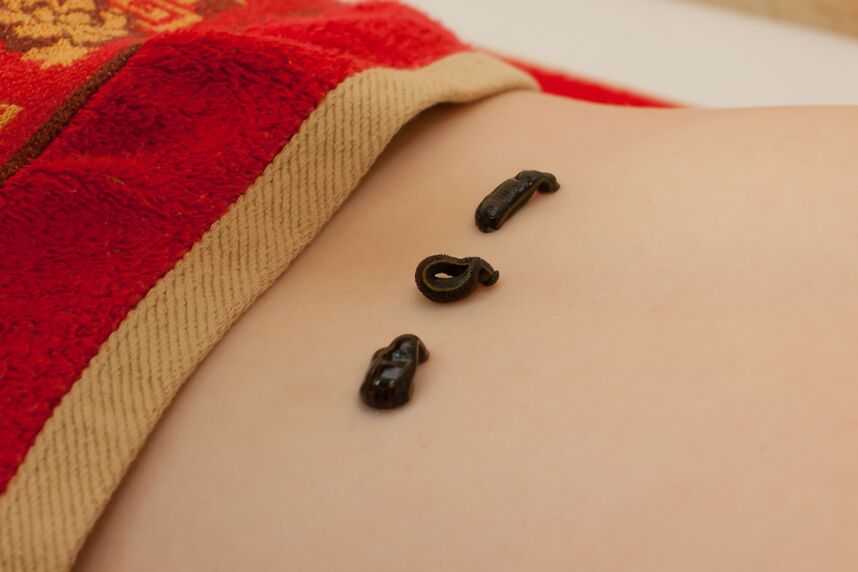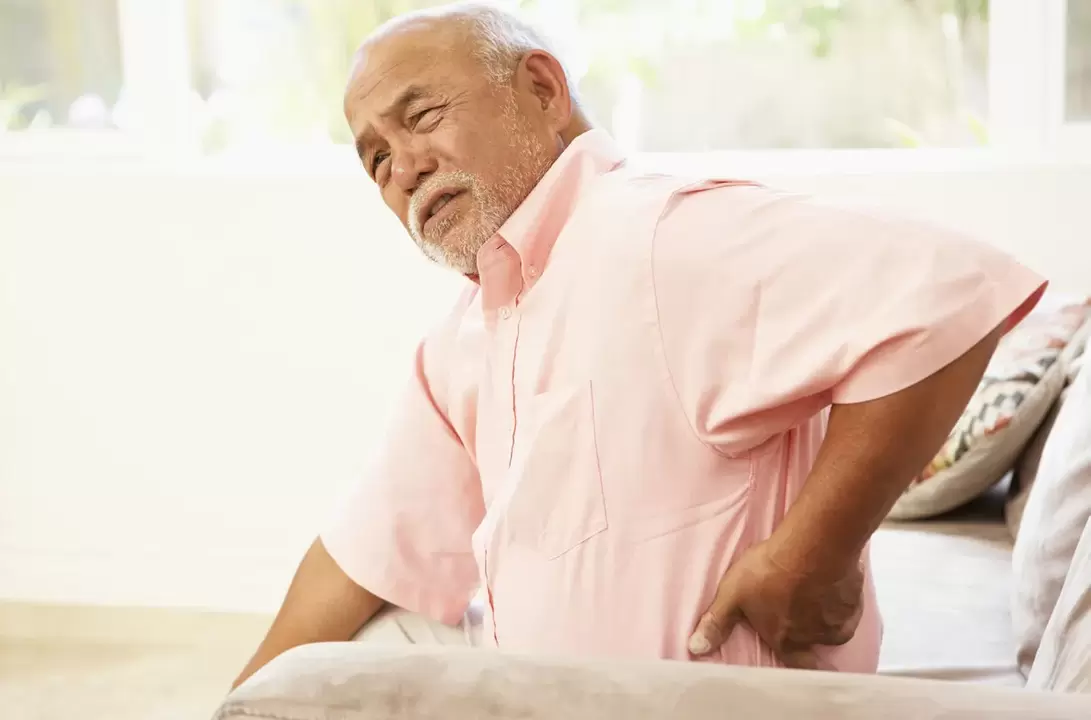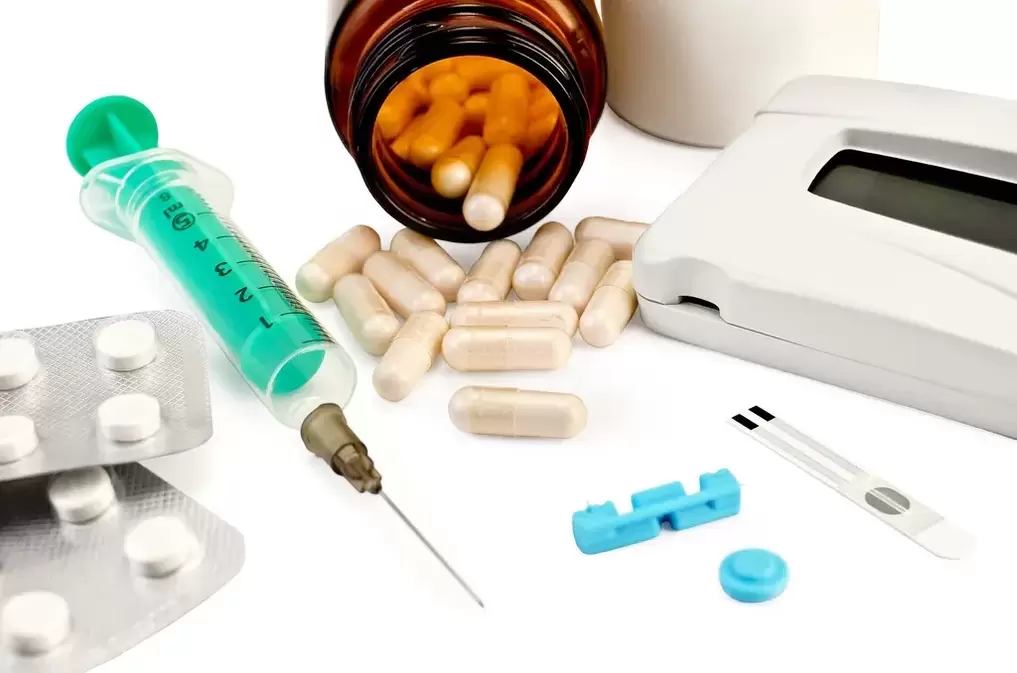
Code ICD-10 - Osteochondrosis of the spine (M42)
Osteochondrosis of the lumbar spine is a degenerative-dystrophic lesion of the spine. Disease of the lumbosacral spine is one of the most common in modern medicine. The disease can cause temporary disability as well as disability in both women and men.
Osteochondrosis of the lumbar spine has a chronic course with a period of exacerbation.
Sources of the disease
Medicine does not name clear causes that can cause such a disease in both women and men. So we can conclude that the disease is multifactorial. The most popular theory about the development of the disease is the systematic process of tension in the muscular system, non-physiological muscle tension, as a result of which the vertebral sections are overloaded and their blood circulation deteriorates. This results in degeneration of the intervertebral discs, leading to the development of osteochondrosis of the lumbar spine.
The following causes of the disease are no less common in women and men:
- Causes of endocrine and metabolic disorders.
- Causes that consist of hereditary predisposition to the disease.
- Causes of microtrauma and autoimmune diseases.
- Causes related to pathological processes in the internal organs.
People who have suffered a back injury or lead a sedentary lifestyle are most likely to develop lumbar spine osteochondrosis.

Symptoms of the disease
Medicine highlights the following symptoms, which manifest in different degrees of the disease in both women and men:
- 1 degree.You may notice the onset of pain that causes irritation to the nerve endings. Lumbar spine pain has local, acute or dull symptoms. Often the pain appears elsewhere and this is called a reflex. The following symptoms may also occur: disturbances in the circulation of the limbs and ligaments, and internal organs. As a result of the damaged blood circulation, there are symptoms of pain in the area where the ligaments stick to the bone. Seals are also recorded in this area. In the lumbosacral segment, there are symptoms of pain that radiate to the lower extremities. The urinary system may be disturbed.
- 2 degrees.You may notice symptoms of lumbar spine discomfort, constant muscle fatigue.
- 3 degrees.There are symptoms associated with radical syndrome. Such symptoms caused by radical syndrome are a violation of the sensitivity of the affected area. Symptoms associated with radicular syndrome do not appear immediately. Initially, the symptoms are expressed in hypersensitivity, burning sensation, tingling. This is followed by a feeling of numbness until complete loss of sensitivity. Symptoms associated with radical syndrome cause motor system dysfunction, including paralysis and atrophy. In addition, the symptoms associated with radical syndrome are the manifestation of pain that is localized along the length of the legs. In addition to the signs associated with radical syndrome, there is a violation of the sensitivity and motor function of the lower extremities.
- 4 degrees.The symptoms of pain associated with radical syndrome are less pronounced. However, the range of motion of the spine is limited.

Fund management
The doctor makes a diagnosis based on the diagnosis. MRI, ECG, ultrasound and other tests will help you make the right diagnosis. You should also have an X-ray.
How to treat lumbar osteochondrosis in women and men? Osteochondrosis of the lumbar spine involves a complex treatment that lasts for a long time. Usually, such treatment works in the advanced stage of the disease, when there are several protrusions or intervertebral hernias.
Treatment should be strictly selected and performed in each case.
Treatment of muscle cramps should be done with the help of drugs - muscle relaxants.

Medicine finds that treatment with muscle relaxants, along with the use of NSAIDs, physiotherapy and massage, contributes to faster recovery.
Blockade as a cure
Blockade of osteochondrosis consists of injections of drugs that are injected into the affected area. Treatment with a method such as blockade will help provide immediate pain relief. The blockade consists of local anesthetic drugs.
The most popular in modern medicine is the novocaine blockade. To relieve the pain, the blockade is performed once every three days. It can also be noted that blockade of osteochondrosis is the safest method of treatment.

Blockade usually does not cause side effects as the effect of the drug is local. There is a possibility of such a method as blockade treatment indefinitely with each exacerbation of the disease.
In addition, blockade is used to relieve pain, eliminate inflammation, swell, and improve metabolism. In order to prolong the therapeutic effect, such a method, such as blockade, must contain several drugs at the same time (Novocain and corticosteroids). Blockade should be performed by an experienced physician.
Proper nutrition is the key to health
For osteochondrosis, as with any other disease, the diet should be balanced, low in calories, and rich in a variety of vitamins and minerals.
Both women and men should be rich in collagen, which acts as a chondroprotector.
Jelly fish and aspens are saturated with this ingredient. Incorporating jelly in your diet can significantly improve the condition of your connective tissue. In addition, the diet should include an adequate amount of fluid intake to maintain the condition of the tissues of the intervertebral discs.
There is a different diet for people with osteochondrosis. Which is appropriate for each case will be determined by your doctor.

Hoop as a means of prevention
Such a device as the hoop has been known since the time of our parents. The hoop serves both to improve well-being and to maintain shape. You can also spin the hoop at home and at the gym. The key benefits are tournament accessibility and simplicity.
But treatment with such a method, like a hoop, has its drawbacks. Seek medical advice before twisting the hoop. If there is a hernia in the lumbar region, twisting the hoop is prohibited. If a diagnosis of the thoracic spine is made, preventive exercises can be performed.
Twisting the hoop on a healthy person with osteochondrosis can improve the function of your back muscles. In addition, the hoop contributes to the active functioning of the vertebral section, which is excellent prophylactic.
In summary, it is worth noting that if you twist the hoop with lumbar osteochondrosis, the total load falls on the affected area. The hoop may relieve the pain, but after a while it returns again and with greater force.

Hirudotherapy is a method of treating osteochondrosis
It is possible and possible to cure the disease with hirudotherapy! Leeches have a healing effect on the human body. Due to the effect of the leech, the number of painful manifestations decreases, the therapeutic effect of the drugs and physical education consumed increases, and the healing process of the patient is accelerated.
Treatment with a leech is a beneficial effect of the enzyme it produces. Such an enzyme is secreted by the saliva of the leech.
During treatment, the doctor places a leech in the affected area. Leeches bite through the top layer of skin, releasing saliva into it, which can cure thrombosis, prevent blood clotting and speed up biochemical processes. In addition, the effect of the leech is to strengthen the walls of the blood vessels as well as to dilate them.

Medical leeches are completely sterile. To cure the disease with a leech, you need to follow the sequence of operations - the duration of the first two sessions of treatment with a leech does not exceed thirty minutes. The third session is the presence of a leech on the body for an hour. The post-leech wound is not treated with anything, and the patient is not allowed to lie on his or her back after the leech is removed. This is to prevent bleeding.
Cure for osteochondrosis in both women and men is possible with ten procedures, with a five-day break in between.
And the most important rule: a timely visit to the doctor will help you avoid negative consequences.































